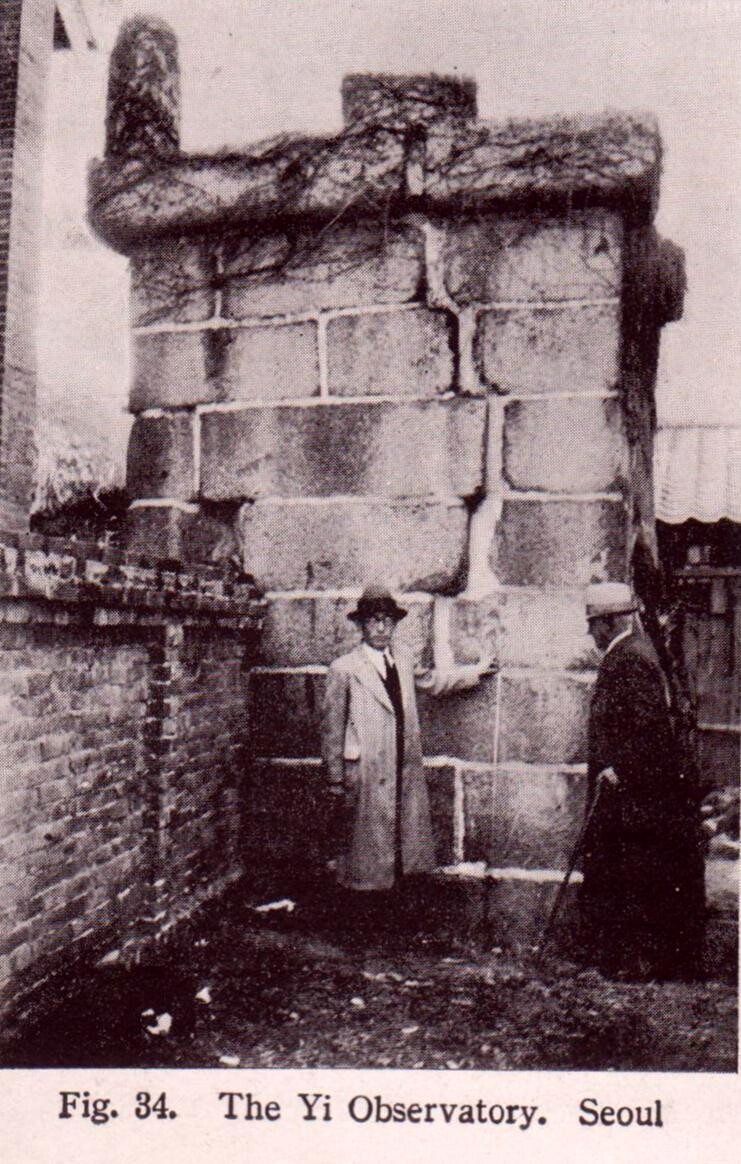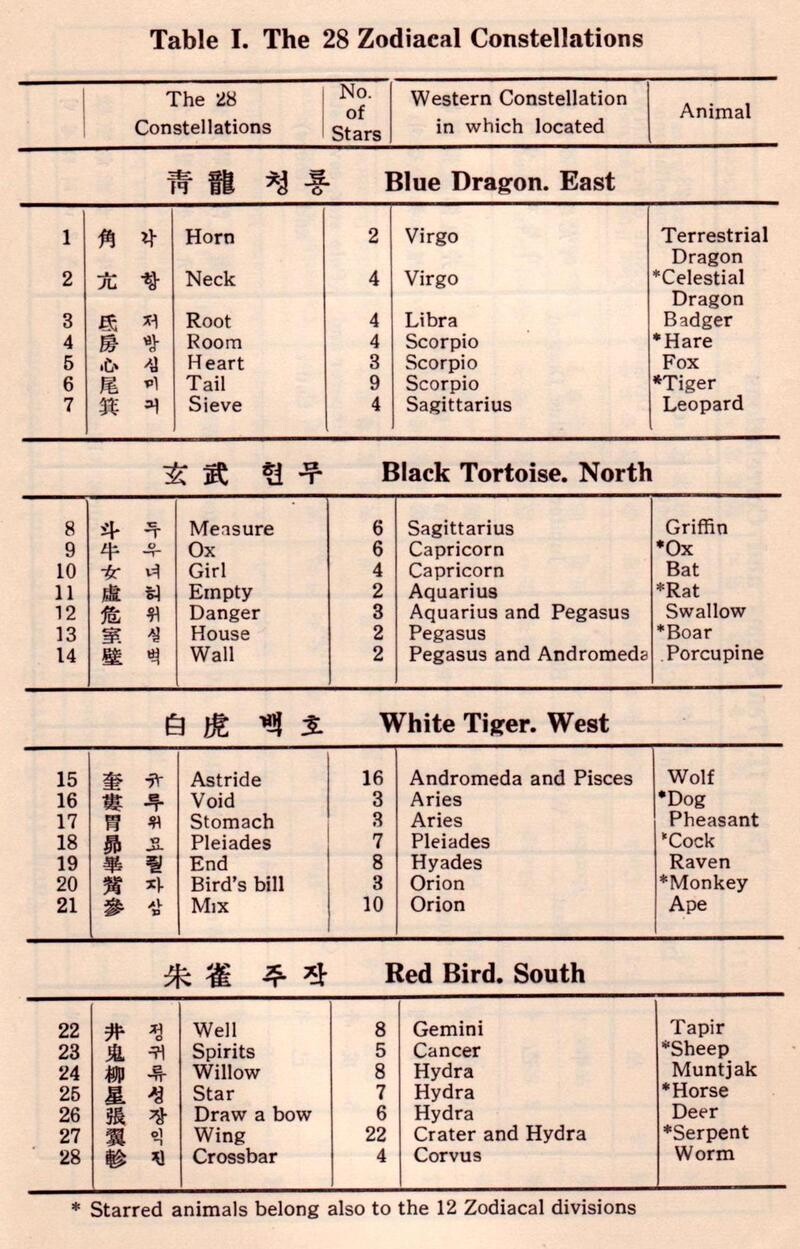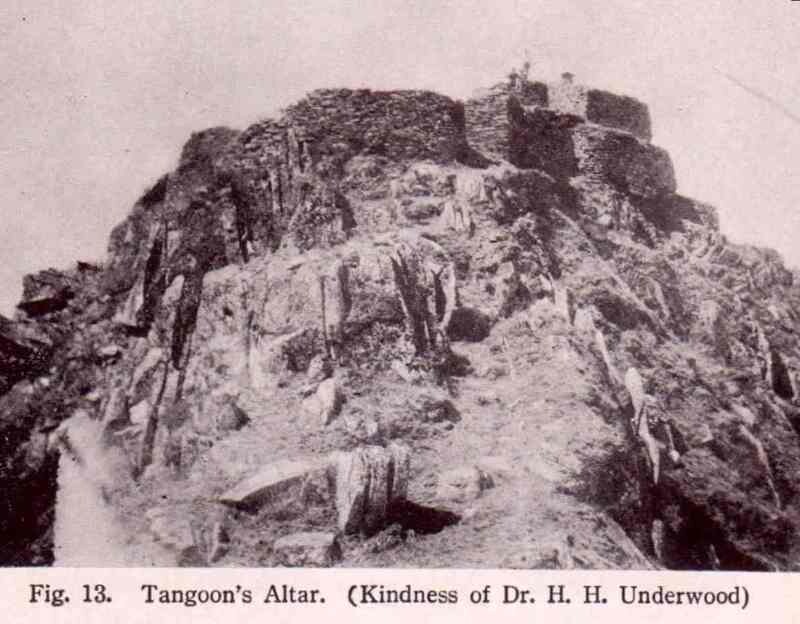hankyoreh
Links to other country sites 다른 나라 사이트 링크
Annals of Joseon Dynasty provide more detailed accounts of Kepler’s Supernova

When a star like the sun reaches the end of its life, it explodes in a burst of light, which is called a nova when it is observed. Stars that are much bigger than the sun have much bigger explosions as well, and these are the extremely bright stars known as supernovas. But supernovas are so rare that the last time one was observed with the naked eye in our galaxy was the 17th century. This was the star that suddenly appeared in the night sky in Oct. 1604, shining almost as bright as Venus for around 50 days. Because this supernova was carefully observed and studied by the well-known German astronomer Johannes Kepler, it is known in global astronomical circles as Kepler's Supernova.
But the most detailed observations about Kepler’s Supernova that survive today are actually in Korea, found in the Annals of the Joseon Dynasty. The annals of King Seonjo contain a meticulous record of observations of this supernova over the course of more than seven months in 1604, the 37th year of Seonjo’s reign. Because the records found in the annals begin four days before Kepler’s and because of their great level of detail, they are currently regarded as the primary research source for Kepler’s Supernova by the world’s astronomers. In China and South Korea, stars that appeared suddenly rather than being permanent features of the night sky were known as gaekseong, literally meaning “visiting or wandering stars.” In contemporary terms, these gaekseong correspond to cosmic entities such as comets, novas, supernovas, and variable stars.

Korea’s traditional astronomy was first introduced to the West in a systematic way in 1936. Prior to this, Will Carl Rufus, a math and astronomy teacher at Pyongyang Theological Seminary since 1907, had periodically published the results of his research into Korea’s traditional astronomy with the Korea Branch of the Royal Asiatic Society. He eventually compiled these separate papers into an English-language book titled “Korean Astronomy,” which he published in 1936. This book describes astronomy in every period and dynasty of Korean history, from the days of Dangun and Gija to the Three Kingdoms Period of Goguryeo, Shilla and Baekje; the Goryeo Dynasty; and the Joseon Dynasty. The Joseon Dynasty is described in particular detail, and this section takes up over half the book. Kepler’s Supernova is also mentioned by Rufus, who quotes the records as saying that the brightness of the yellow-red star changed and gradually darkened.
A missionary, philosopher, poet, and educator introduced Korean astronomy to the West
Born in 1876, Rufus was a Christian, and an astronomer and a mathematician, who studied at Albion College and the University of Michigan in the US. An obituary published in Popular Astronomy after his death in 1946 also described him as a philosopher, poet and educator. After coming to Korea as a missionary, he taught math and astronomy at Pyongyang Theological Seminary and Yeonhui College (now Yonsei University). One of his students at this time was Lee Won-cheol, who would later study in the US and become the first Korean to receive a Doctor of Science. Lee also studied at Albion College and the University of Michigan, just like Rufus, and in 1926, he received a Sc.D. in astronomy at the University of Michigan, with Rufus as his advisor.
After working as a missionary and educator, Rufus returned to the US in 1917 for his children’s education and worked at the University of Michigan as a professor of astronomy until he retired. His research into China and Korea’s traditional astronomy made him one of the rare experts in this area, and he was also a historian of science who helped set up the first courses in the history of astronomy at American universities.

Nearly as interesting as the main text of “Korean Astronomy” is the rich supplemental material at the back of the book. This includes several black-and-white photographs that Rufus was able to obtain in the 1930s. Two of the most striking of these photographs show Chamseongdan, an altar on Mani Mountain on Ganghwa Island, and Gwansanggam Gwancheondae, an astronomical observatory in Seoul.
Photos document Korea’s long history of astrological observation
In the photos, Chamseongdan can be seen as it was before being developed into a tourist destination, while Gwancheondae curiously abuts a wall on the campus of Whimoon Normal High School. Gwancheondae is currently located on the grounds of the main office of Hyundai Engineering and Construction in Seoul’s Gye neighborhood.
The supplementary material also includes a number of tables, the first of which is the 28 traditional constellations in the Asian zodiac. This table lists the gods of the four cardinal directions (blue dragon in the east, black tortoise in the north, white tiger in the west and red bird in the south) and seven constellations for each of these gods, matching them with Western constellations. The table also lists what animals are signified by each of these constellations and marks the ones that are included in the “twelve earthly branches” (that is, the zodiac animals).
While many Koreans today are not even aware that there were separate constellations in Asia, they would have been common knowledge for Koreans when Rufus was writing this book just over 80 years ago.
By Park Sang-joon, President of Seoul SF Archive
Please direct questions or comments to [english@hani.co.kr]

Editorial・opinion
![[Column] Has Korea, too, crossed the Rubicon on China? [Column] Has Korea, too, crossed the Rubicon on China?](https://flexible.img.hani.co.kr/flexible/normal/500/300/imgdb/original/2024/0419/9317135153409185.jpg) [Column] Has Korea, too, crossed the Rubicon on China?
[Column] Has Korea, too, crossed the Rubicon on China?![[Correspondent’s column] In Japan’s alliance with US, echoes of its past alliances with UK [Correspondent’s column] In Japan’s alliance with US, echoes of its past alliances with UK](https://flexible.img.hani.co.kr/flexible/normal/500/300/imgdb/original/2024/0419/2317135166563519.jpg) [Correspondent’s column] In Japan’s alliance with US, echoes of its past alliances with UK
[Correspondent’s column] In Japan’s alliance with US, echoes of its past alliances with UK- [Editorial] Does Yoon think the Korean public is wrong?
- [Editorial] As it bolsters its alliance with US, Japan must be accountable for past
- [Guest essay] Amending the Constitution is Yoon’s key to leaving office in public’s good graces
- [Editorial] 10 years on, lessons of Sewol tragedy must never be forgotten
- [Column] A death blow to Korea’s prosecutor politics
- [Correspondent’s column] The US and the end of Japanese pacifism
- [Guest essay] How Korea turned its trainee doctors into monsters
- [Guest essay] As someone who helped forge Seoul-Moscow ties, their status today troubles me
Most viewed articles
- 1[Column] The clock is ticking for Korea’s first lady
- 2After 2 months of delayed, denied medical care, Koreans worry worst may be yet to come
- 3Hong Se-hwa, voice for tolerance whose memoir of exile touched a chord, dies at 76
- 4[Column] Has Korea, too, crossed the Rubicon on China?
- 5[Correspondent’s column] In Japan’s alliance with US, echoes of its past alliances with UK
- 6Samsung barricades office as unionized workers strike for better conditions
- 7All eyes on Xiaomi after it pulls off EV that Apple couldn’t
- 8[Editorial] As it bolsters its alliance with US, Japan must be accountable for past
- 9[News analysis] After elections, prosecutorial reform will likely make legislative agenda
- 10US overtakes China as Korea’s top export market, prompting trade sanction jitters